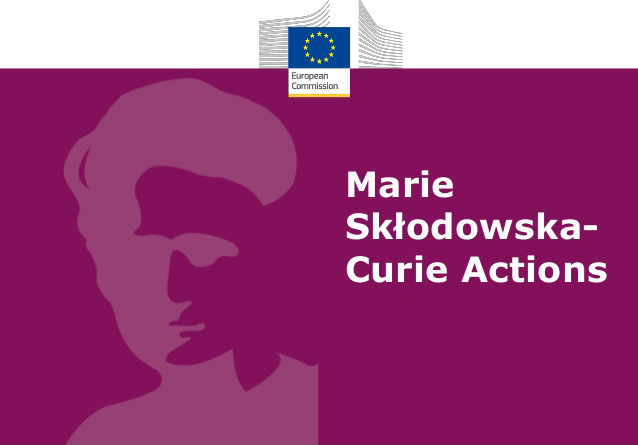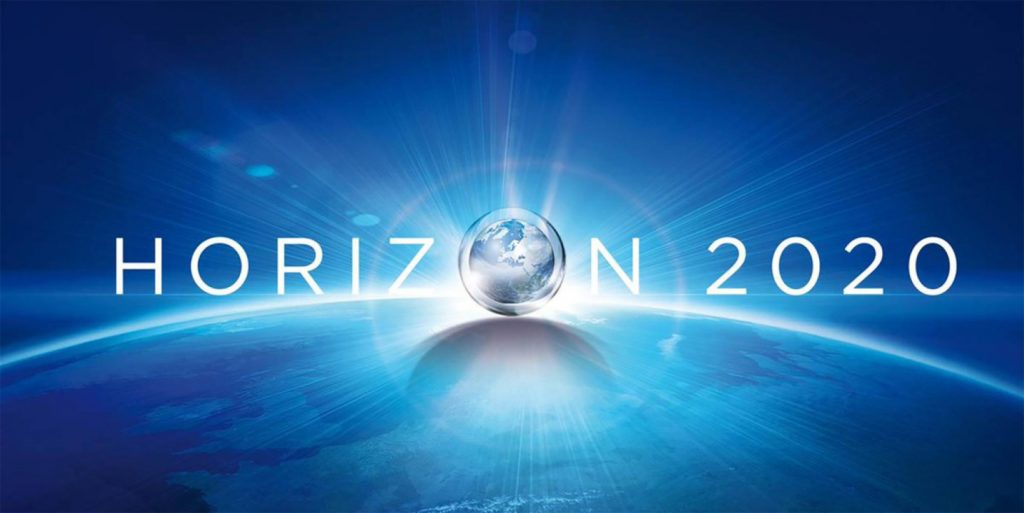Funding: European Union, Horizon 2020 Programme, (Grant Agreement 749192)
Region: Europe
Project period: 2018 – 2019
Principal Investigators: Dr. Jon Molina (jon.molina@imdea.org) & Dr. Zhilin Liu (zhilin.liu@imdea.org)
The global market will increase from $11 billion in 2012 to $22.5 billion in 2018 for micro electro mechanical systems
(MEMS), and from $1.9 billion in 2012 to $6.6 billion in 2018 for BioMEMS. Recently, metallic nanolaminates have attracted
application as mechanical parts in MEMS and BioMEMS manufacturing. This is due to their superior properties, i.e. large
flow strength, high indentation hardness, excellent ductility, good radiation damage resistance, qualified electrical/magnetic
response, and promising fatigue/failure resistance. In order to address the performance of metallic nanolaminates and to
reduce materials’ failure and cost under different service conditions, better analysis/predictive tools are required for
dislocation-interface interactions. The improved analysis/predictive tools will allow designing more advanced nanolaminate
materials. However, to develop such analysis/predictive tools, it entails (a) in-depth understanding of the physical
mechanisms behind dislocation-interface interactions, (b) accurate in-situ mechanical testing data at different length scales
from micro- to nanometers, and (c) efficient numerical modelling to predict dislocation-interface interactions. Through this
Marie Skłodowska-Curie action, we will contribute significantly towards improving these analysis/predictive tools from two
aspects, including (i) providing the scientific knowledge behind dislocation-interface interactions, and (ii) establishing
improved numerical models to predict dislocation-interface failure during service. Meanwhile, the new advanced
nanolaminate materials with enhanced properties will also be proposed based on the generated knowledge. In addition, the
researcher and the host organization will benefit from the two-way transfer of knowledge between them.
Funded by


